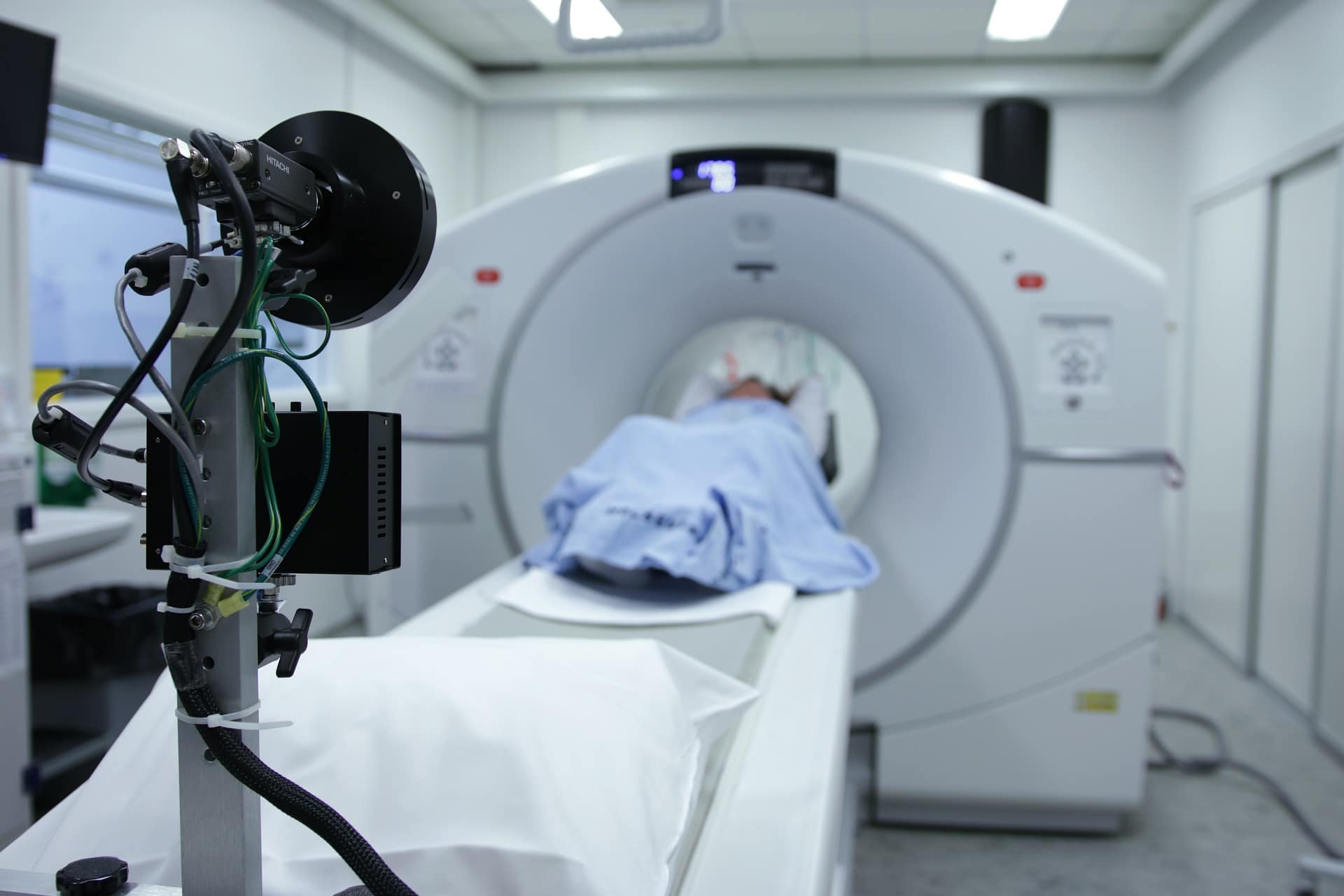Diagnosing Complex Symptoms When Neck Injury Occurs

Some of the most painful neck injuries people ever suffer are due to motor vehicle accidents, sports activities, and work-related falls. Depending on the severity of the neck damage, they can also develop serious, long-term spinal cord injuries (SCIs). When a neck damage patient arrives fully conscious in the emergency room, the physicians will carefully conduct a thorough physical exam and then ask many questions about the accident.
Every neck injury must be promptly evaluated so that secondary health problems will not rapidly escalate. Here are some symptom lists that can help doctors diagnose specific neck damage issues, followed by a brief overview of the most common diagnostic tests often used.
Neck damage symptoms indicating possible harm to the larynx or the trachea
As WebMD notes, the trachea or windpipe is about four inches long and extends from just beneath the larynx (or voice box) down to an area behind the breastbone. At that point, the trachea branches into two separate tubes or bronchi, one designed for each lung.
Here are some of the main symptoms indicating that the larynx or trachea may have been seriously injured.
- Changes have occurred in the person’s voice
- There is drooling out of the mouth
- Stridor. Although children develop this condition more often, adults can also exhibit this type of labored breathing after some neck accidents or injuries. Wheezing and other high-pitched sounds are often emitted by those battling this difficult breathing condition.
- Significant changes in the anatomic appearance of the neck
- Tongue movements that cause pain
- A hoarse-sounding voice
- Pain experienced when swallowing or coughing. Pain may also occur when the doctor is palpitating the neck area.
- Hemoptysis. This refers to bleeding in the patient’s airway. It is usually first noticed when the injured person starts coughing up blood or blood–stained mucus.
- Crepitus or crepitation. While trying to breathe normally, a patient may produce grinding, popping, or crunching sounds. These noises can be caused by fractured bones in the neck rubbing together.
- Dyspnea. This is often described as difficult or labored breathing.
Be sure to tell your Brooklyn neck injury lawyer about all the ongoing neck damage and breathing issues that you have discussed with your treating physicians.
Symptoms indicating neck damage may have harmed the esophagus or pharynx
- Blood in the saliva
- Tenderness or pain in the general neck area
- Crepitus
- Blood coming from either the nasogastric tube or the mouth
- Pain or difficulties experienced during neck motion testing
- A neck wound causing odd, “sucking” sounds
- Nasogastric aspirate containing blood
Signs or indications that a patient may have sustained damage to the carotid artery
- A weak or inadequate pulse
- Symptoms of some type of blood hemorrhage
- A hematoma (or bruising under the skin). This indicates that small veins or capillaries have broken following a blow to the neck area.
- A cardio “thrill” indicating a possible heart murmur or other irregularities
- Labored breathing, especially after pressure is applied to the trachea
- Contralateral hemiparesis. A spinal cord injury indicating a slight level of paralysis. The term “contralateral hemiplegia” is usually evidence of a more severe form of paralysis.
- A bruit. This can be a negative vascular sound in the neck, normally picked up by a doctor using a stethoscope.
It should be noted here that signs of a jugular vein injury can include hypotension (low blood pressure), a hematoma — or some type of external hemorrhage.
Neck damage can also produce signs of either a spinal cord or brachial plexus injury
- One or more signs of neurogenic (or vasogenic) shock
- Hypoxia (lack of adequate oxygen) and possible hypoventilation (shallow breathing)
- Brown-Sequard syndrome. This medical condition indicates a probable spinal cord lesion that can cause paralysis or unusual types of body sensations.
- Pathologic body reflexes
- Neck damage can lead to Horner syndrome, often characterized by a drooping eyelid, a smaller pupil, and other issues.
- Priapism — an unwanted and often painful sexual problem with the male penis
- Also known as tetraplegia — this refers to losing the ability to use multiple parts of the body due to paralysis. Many patients suffer this after a severe spinal cord injury.
- A diminished ability to use one’s upper arm strength
Tests often used to help diagnose many of the specific neck damage conditions noted above
- A computed tomography (CT) scan of the neck region. This can help pinpoint specific bones fractures and other related injuries.
- An MRI (magnetic resonance imaging). MRIs offer a more detailed look at the entire neck region, including various types of tissue damage.
- Doppler ultrasonography using color flow
- An interventional angiography. This x-ray test involves using a radiopaque substance to help physicians gain a more detailed look at a patient’s blood and lymph vessels
- Special tests run on the esophagus known as contrast studies
Whenever a neck injury patient is clearly having serious breathing difficulties, physicians may also perform an esophagoscopy, a pharyngoscopy, a bronchoscopy or other tests to gain further knowledge.
While none of the lists provided above are intended to be fully comprehensive, they should still provide helpful information about the types of serious neck damage injuries our clients suffer.
If you have suffered a severe spinal cord or neck damage injury after an accident caused by someone else’s negligence, you need to contact our Brooklyn personal injury law firm. We will carefully investigate all the facts of your case, review all your medical records, and then fight hard to win the maximum compensation available to you. We want every client to fully recover for all lost wages, pain and suffering, medical expenses, and other losses.



